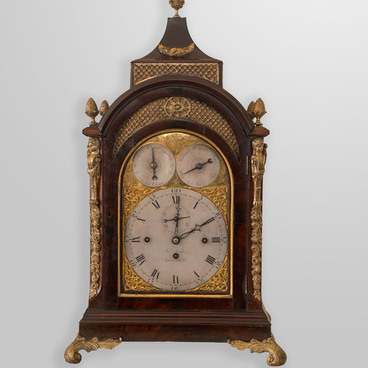In the 19th century, textured pattern weaving was widespread in almost all Russian governorates. In Russian, this decorative technique is called “branoye” weaving — from the verb “brat” meaning “to take”. Threads, usually of two or three colors, were taken and woven using a special wooden bralnitsa plank. The background was formed by white or coarse threads passed over the bralnitsa; and the pattern — by cotton threads passed under the plank which were red, sometimes black, and in some regions — blue or green. For different threads, two or more weft shuttles were used. The front pattern was mirrored on the back side and was characterized by a relief texture.
Researchers identify several traditional groups of patterns: geometric (crosses, scrolls, grids, circles, and zigzags), zoomorphic and anthropomorphic (stylized faces and figures of real and fantastic creatures, “eyes”, and “claws”), craft (“wheels”, “wicker”, and “fences”), vegetable (“herringbone”, “berries”), solar (“swastika”, “stars”), and motifs typical of certain regions.
The images had a protective function that depended on their placement: the hem, which was closer to the ground, was decorated with symbols of agriculture and fertility (rhombuses, dots, and cross-shaped elements), while headdresses featured solar signs and bird figures.
There were also several types of composition: ribbon (horizontal pattern stripes), ribbon with a border, grid (figures arranged checkerwise), and tiers (vertical patterns).
The displayed embroidery features a pattern with birds (chickens) — one of the favorite motifs in the Russian North, used especially often in the Olonets and Novgorod Governorates. Birds symbolized spring, childbearing, and happiness and often appeared on women’s shirts, aprons, and towels. In addition, in Slavic mythology, roosters and chickens were considered “solar” birds which is why in this work their figures alternate with circles symbolizing the sun.
The displayed item was created based on a homespun
linen cloth. Due to the straight, even, and well-distinguished texture, it was
the most suitable material for embroidery.


